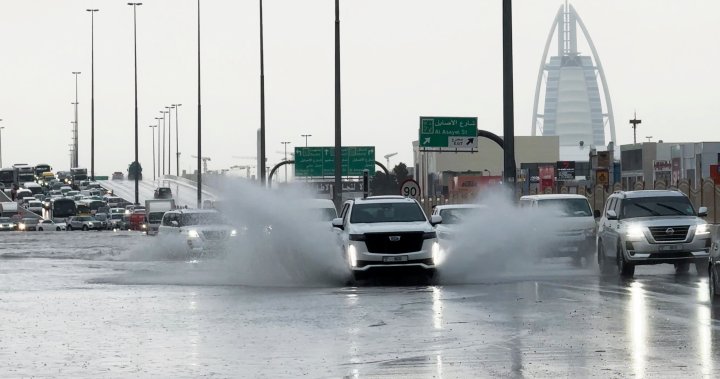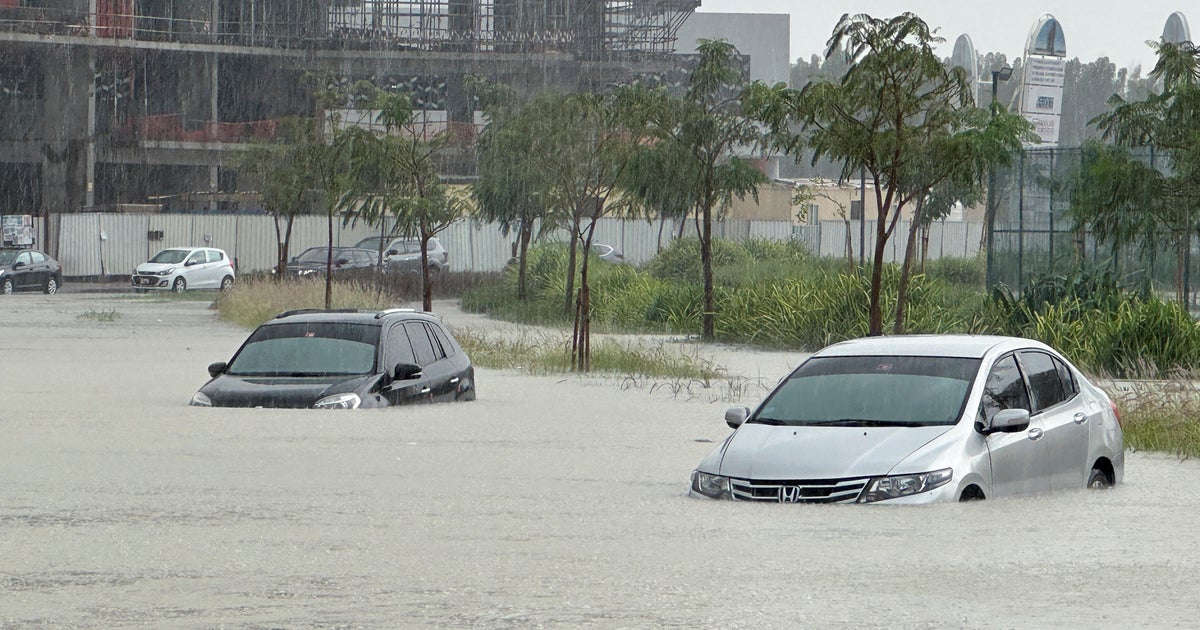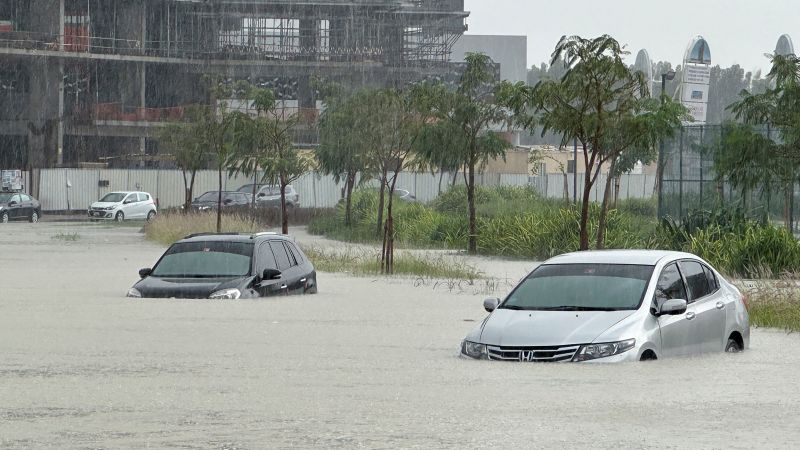
In the desert city of Dubai, located in the United Arab Emirates (UAE) on the Persian Gulf, an unprecedented amount of rainfall caused historic flooding on April 16, 2024. According to multiple sources, approximately 6.3 inches (159.98 mm) of rain fell within a day in Dubai, which is about twice the annual average for the city.
The heavy downpours led to significant flooding that disrupted various aspects of daily life in Dubai. Bus services and Metro lines experienced delays due to flooded roads and closed tracks. Telework and distance learning were extended as travel challenges persisted, affecting many workers, government employees, students, and some residents.
The historic rainfall also caused major disruptions at the Dubai International Airport (DXB), which is the busiest airport for international travel in the world. The airport halted all operations briefly due to flooded runways and tarmacs. Emirates, a major airline based in Dubai, was affected by these disruptions as well.
The floodwaters also reached several iconic landmarks such as the Burj Khalifa, the tallest building in the world, and other high-rise structures. The flooding caused significant damage to roads and homes across Dubai. Tanker trucks were deployed to help evacuate standing water from streets and highways.
The heavy rains also affected neighboring countries such as Oman, where at least 18 people have been reported dead due to the floods. The flooding in Oman was caused by a similar storm system that brought heavy rainfall and snowmelt to southern Russia and Central Asia, forcing tens of thousands of people to evacuate and killing over 60 people in Pakistan and Afghanistan.
The historic flooding event in Dubai is a reminder of the importance of being prepared for extreme weather events. The UAE, like many other countries, lacks adequate infrastructure to handle heavy rainfall due to its arid climate. The flooding also highlights the potential impacts of climate change on weather patterns and the need for more resilient infrastructure in vulnerable areas.


